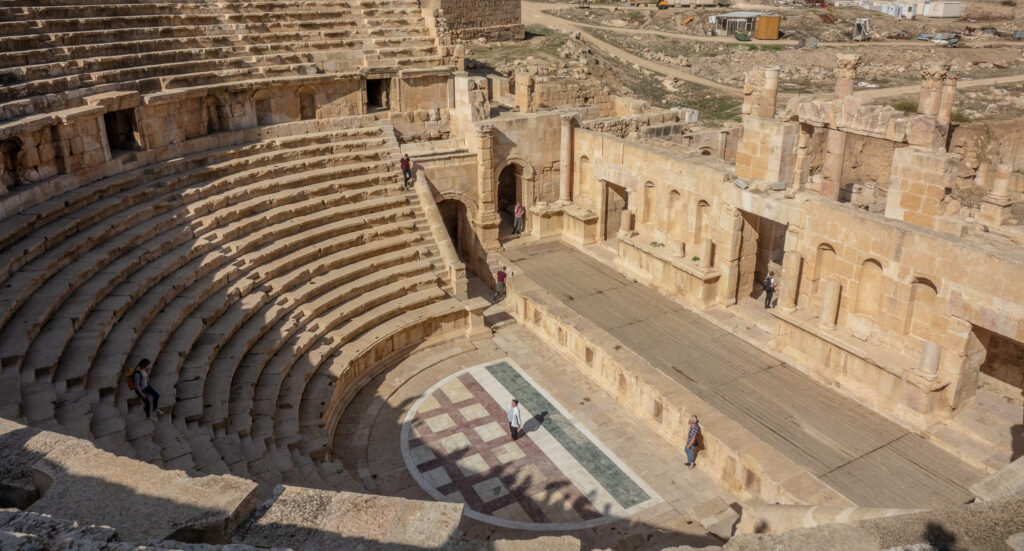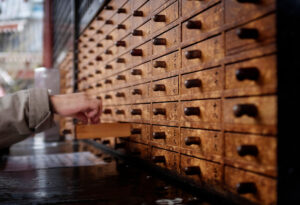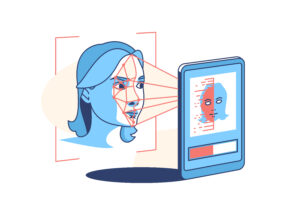Archaeology is a field of inquiry that seeks to uncover clues about our past. Through careful excavation and analysis of artifacts, we can learn a great deal about how people lived in the distant past. But what if there was a more efficient way to analyze ancient texts? Enter optical character recognition (OCR). This technology has revolutionized the field of archaeology by allowing researchers to quickly and accurately scan ancient texts with minimal effort. In this blog post, we’ll take a look at how OCR is being used in archaeology, from deciphering ancient scripts to finding hidden patterns. We’ll also discuss the challenges associated with it and some of its applications.
How Optical Character Recognition is Used in Archaeology
Many people think of optical character recognition (OCR) as a way to digitize printed documents so they can be read by computers. However, OCR can also be used to read handwritten documents, which is how it is used in archaeology.
When archaeologists find ancient texts, they often use OCR to transcribe them. This can be a time-consuming process, but it is worth it because it allows researchers to study the texts in greater detail.
OCR can also be used to create three-dimensional models of ancient texts. This is especially useful for texts that are too delicate to be handled directly. By creating a model, archaeologists can get a better idea of the layout of the text and look for patterns that might not be apparent when looking at the text itself.
Finally, OCR can be used to create digital archives of ancient texts. This is important because it allows researchers to share their findings with others and makes it possible to preserve these texts for future generations.
The Future of Optical Character Recognition in Archaeology
Optical character recognition (OCR) is a key technology for digitizing printed documents and archaeological artefacts. OCR software converts images of text into machine-readable text, which can then be edited, searched, or stored more efficiently.
OCR technology has come a long way in recent years, and it is now able to recognize a wide range of different fonts and languages. However, there are still some challenges that need to be addressed before OCR can be used routinely in archaeology.
One challenge is the high cost of OCR software. This means that it is often only used on a small number of documents or artefacts, rather than being applied more broadly to an entire collection.
Another challenge is the lack of standardization in how OCR results are reported and stored. This makes it difficult to compare results from different studies, or to combine data from multiple sources.
Despite these challenges, OCR is an important tool for archaeologists that is only going to become more important in the years to come. As more and more data is digitized, OCR will play a crucial role in making this information accessible and searchable.
Conclusion
Optical Character Recognition (OCR) technologies offer archaeologists a powerful tool to uncover, analyze and catalog ancient texts. By utilizing OCR technology, archaeological researchers can gain insight into the past that would be impossible with traditional methods of excavation alone. The insights gained through OCR analysis also provide valuable information for understanding how civilizations operated in the distant past, as well as helping us to better understand our own society today. With continued refinement of this technology, we may soon unlock even more secrets hidden beneath the sands of time!






